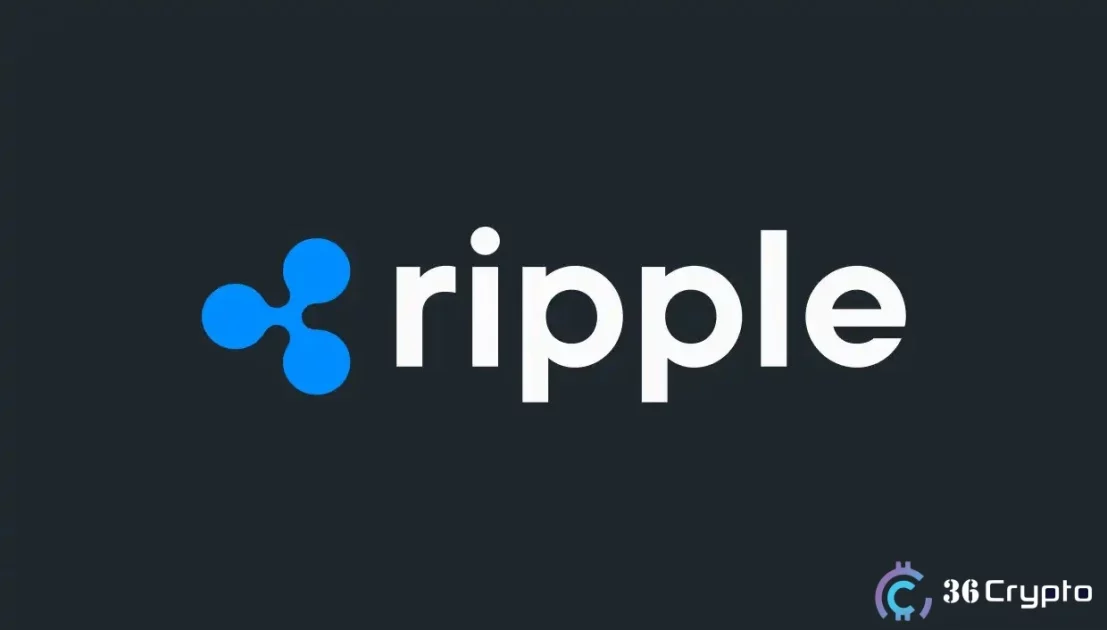Ripple has unlocked a new pathway into the U.S. central banking system by leveraging its partnership with core banking provider Finastra. This move allows Ripple to route real-time payments through the FedNow Service despite being ineligible for a Federal Reserve Master Account.
According to crypto researcher SMQKE, Ripple’s collaboration with Finastra enables it to connect with the FedNow network. Finastra already works with the FedNow Service to bridge the link between banking platforms and the Federal Reserve’s network.
Licensing from a depository institution is required for a master account, so Ripple and similar companies are not allowed. As a result, Ripple can gain entry to central bank platforms through Finastra without violating any rules.
Finastra Total Messaging is very important in configuring this system. It allows Ripple to interact with networks such as Mastercard and Thunes. With this infrastructure, Ripple’s payment messages pass through legal and compliant networks and position the company in the federal payment system.
Also Read: David Schwartz: Early Life and Net Worth – The Vision Behind XRP Ledger and Decentralized Finance
FedNow Liquidity Tool Powers Ripple’s Indirect Settlement Access
The Federal Reserve’s Liquidity Management Tool (LMT) is central to how Ripple’s transactions are processed. The tool allows authorized banks to shift funds between Master Accounts and joint accounts that support services like FedNow.
Through this mechanism, Ripple’s payments are settled by banks that hold Master Accounts. Ripple and its services operate with legally designated banks, giving banks privileged access to Federal Reserve guidelines.
The structure is also able to work with ISO 20022 standards. The Ripple platform can support this messaging procedure, which is necessary for running without complications on the FedNow network. Consequently, Ripple can match its blockchain technology to how banks currently work.
Payments technology is set to improve greatly due to Ripple, Finastra, and FedNow working together. Without a Master Account in the U.S., Ripple has become involved in regulated real-time domestic settlements.
Using Finastra as a bridge to FedNow, Ripple bypassed the direct access barrier while staying within regulatory boundaries. This strategy offers a compliant route for fintechs to enter the central bank payment space.
Also Read: Bitcoin Could Hit $120K Soon—But Only If This Key Level Doesn’t Break

